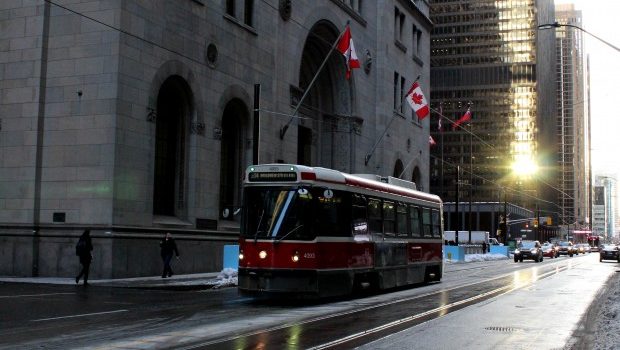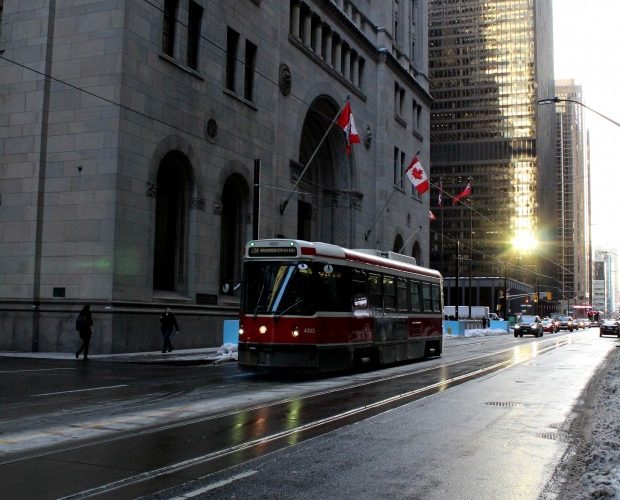


City councillors, planners, and engineers are working on a master plan to re-design King Street.
King Street’s re-design puts transit first.
“King Street is not working today. It’s that simple. It’s not working for cyclists, it’s not working for drivers, and it is certainly not working for transit. It’s time to reimagine our streets,” said Trinity-Spadina Ward 20 councillor Joe Cressy in a public meeting.
Redesigning city streets is not a radical idea. The models follow examples of urban cities around the world including Tokyo, New York, and Melbourne.
“Other cities have figured it out, and we’ve hit a critical sweet spot – an important moment in our history and our city when this could transform our streets,” said Chief Planner Jennifer Keesmaat at a public meeting.
King Street is the busiest surface transit route in the city with streetcars carrying 65,000 riders a day.
Seventy-five per cent of downtown residents walk, cycle, or take public transit around Toronto.
But 64 per cent of the space on King Street is dedicated to cars, according to the Toronto Public Consultation Unit.
The pilot project has three objectives: moving people more efficiently, improving the design of the public realm, and supporting economic prosperity.
City developers proposed three different futures for King Street: separated lanes, alternating loops, and a transit promenade. Each plan does not dramatically alter the street nor do they involve major spending – they’re simple redesigns of pre-existing King.
“It’s time for a bigger move – a whole variety of things need to happen in concert in order to deliver a transformation on King Street,” said Keesmaat.
Separated lanes remove left hand turns and eliminates curbside stopping.
Alternating loops give streetcars priority with separated lanes. Every other block on King Street has limited access for vehicles – meaning only local traffic would be able to access certain blocks of King Street.
While a transit promenade gives pedestrians the right of way – accessible curbside boarding and dedicated streetcar lanes.
The pilot project takes into account the vibrant communities surrounding it. King Street, running from Dufferin to Parliament, is home to Toronto’s entertainment district, financial district, and Liberty Village.
The pilot could begin by fall.
It would run for a year on King Street so city planners could have an accurate representation on how the pilot changes with the seasons.
The pilot project is being led by the City Planning Division, Transportation services, and the Toronto Transit Committee. The city hired a consulting team including Public Work, Sam Schwartz Engineering, Gehl Studio New York, and Swerhun Associates.
